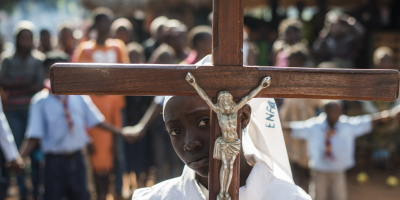Top 5 Central African Republic Culture, Customs and Etiquette
The Republic of Central Africa is the nation's full name (CAR). It was formerly known as Oubangui-Chari, one of the four French Equatorial African possessions, ... read more...and was bordered to the south and north by the Ubangi River and the Shari. Indigenous peoples did not perceive a shared culture prior to independence; instead, they saw themselves as members of lineages, clans, and villages. Following colonization, when members of various ethnolinguistic groups interacted, a notion of being riverine (as in the case of the Sango, Gbanzili, and Ngbaka on the Ubangi River), forest (as in the case of the Mbati and Isungu), or grassland peoples developed (Gbaya and Banda). In the southwest's woodlands, there is also the hunting, gathering, and patron-dependent society of the Babinga (pygmies). Here are the lists of Central African Republic Culture, Customs, and Etiquette.
-
Central Africans typically raise both hands, palms out, and greet a large group of strangers vocally. Greeting etiquette is one of the lists of Central African Republic culture, customs, and etiquette. Even when greeting strangers in restaurants and pubs, everyone's hands are shaken if the group is smaller. A handshake is customary when addressing someone in an official position. It is traditional for the greeter to nod his head lower than the eldest official's if the person being greeted is older or a government official. The middle fingers may be snapped during a handshake with a friend.
Three cheek kisses are given as a greeting to friends of both sexes: one on one side, followed by two on the other. They might also receive a handshake and a finger snap as a kind of greeting. Inquiring about the person's health, family, and professions is also typical. It's crucial to keep in mind that improper greetings can cause hostility.
It is customary to include titles in formal greetings. The standard salutation is "Bara ala" for multiple people and "Bara mo" for a single person, followed by "Tonga na nyeh?" What's going on with you? Additionally, "Ala yeke da?" or "Mo yeke da?" (Are you feeling well?) There are many permutations of this. The common Muslim greeting is "Salaam alay koom. Kekef?" The common French greeting is "Bonjour." A person may take a fast breath, nod, or make a clicking sound with his throat to indicate agreement. Some individuals hiss loudly to beckon. Additionally, people call by opening and closing their palm-down hands. It's rude to point with one finger.
textilevaluechain.in 
textilevaluechain.in -
Central Africans give a lot of consideration to how they look. People who are poorly dressed are not respected. People from Central Africa dress their best when they go out. Men may don matching pants and shirts made of vibrant cloth, as well as suits or completes in African style. Women typically wear a fitted top, two wraparound skirts, and a scarf to cover their heads when getting dressed. The less well-off outside of Bangui dress in wraparound skirts with African prints and t-shirts from the West. That one of the lists of Central African Republic culture, customs, and etiquette.
Visitors to the C.A.R. should wear appropriate cotton clothing and sturdy, cozy shoes. For women in particular, shorts are inappropriate, with the exception of those competing in sporting competitions. Dresses and skirts should reach the knees; in some situations, tight jeans or slacks will draw attention. Using your left hand to eat could be seen as rude. It is considered impolite to wear shorts.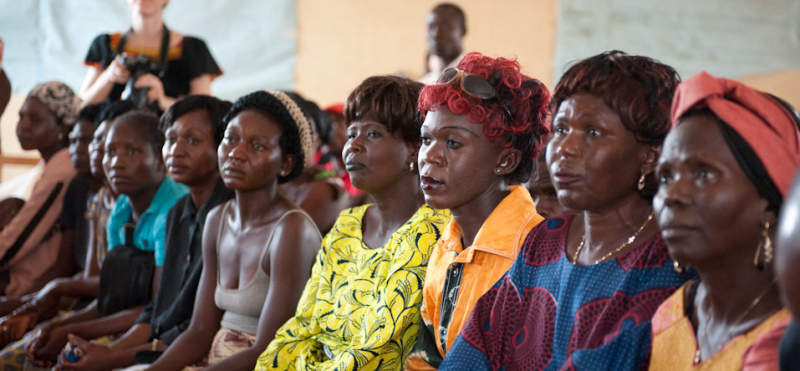
vagabondjourney.com 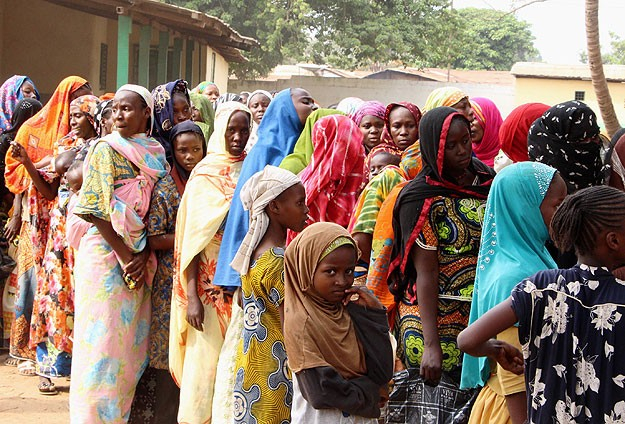
vagabondjourney.com -
The cultural practice of Mu Na Mbi is one that visitors to the C.A.R. must comprehend. Literally, Mu na Mbi means "give to me." It is extensively used and symbolizes the sharing and esteeming traditions of Central Africa. For instance, a pen might appeal to a visiting official. The official will utter the phrase "mu na mbi," and the pen's owner is required to hand it over out of respect. It is one of the lists of Central African Republic culture, customs, and etiquette.
Many foreigners become irritated by this practice, but it is essential to recognize that it applies to Central Africans as well. Those confronted with this practice can retain the item in question by telling a story that relays the item's sentimental value. If this happens and you really want to keep the thing, it is best to tell a story about the item's sentimental value to prove that it cannot be given away.
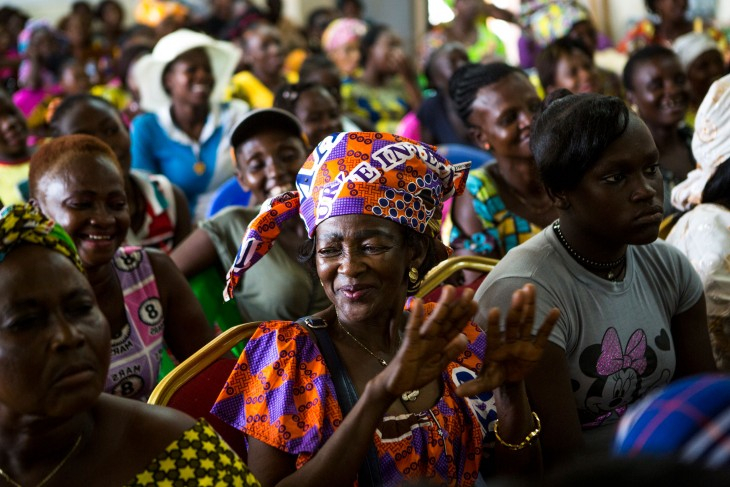
pickvisa.com 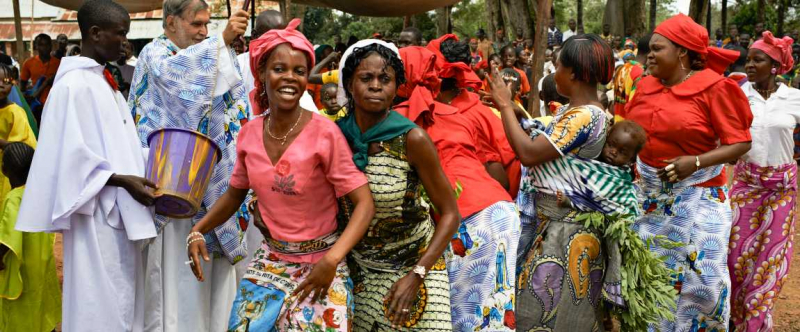
pickvisa.com -
Traditional practices are followed in rural C.A.R. ; marriages may be arranged, and the bride is frequently younger than the groom. Due to Christian influence, polygamy is now less prevalent than it once was, yet it still occurs. Men are frequently seen having affairs or several girlfriends, while women are not typically seen doing the same. The bride's family typically receives presents from the groom. The majority of women have numerous children, who may be raised in part by other family members. Children frequently refer to their uncles as "little fathers," or "baba kete," and treat them with the same reverence as their biological father.
Basically, it is said that the Central African Republic's traditional wedding is proudly inspired by the nation's tastes and colors. The Atoghu traditional dress is revered in most Francophone cultures as an official, unique costume with ornamentation. As a result, it is generally the most cherished garment. Tugh was originally a fabric tissue that was imported from Calabar, Nigeria and stitched in a certain way to fit the preferences and culture of these people. designed and made for both sexes, as well as for kids. Fascinatingly, the cloth is referred to as Ndep in Ndop, especially among the Bamessing population.
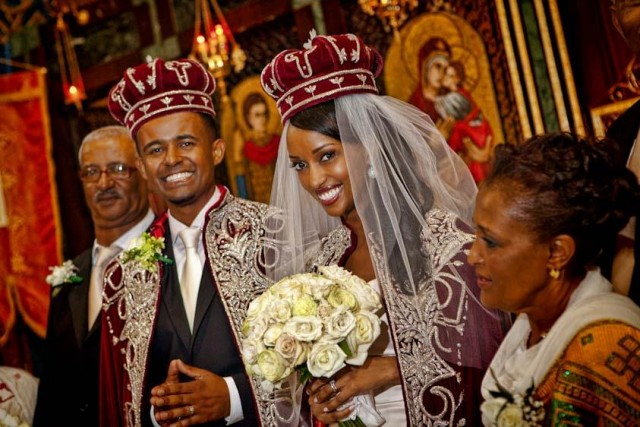
josabimariees.com 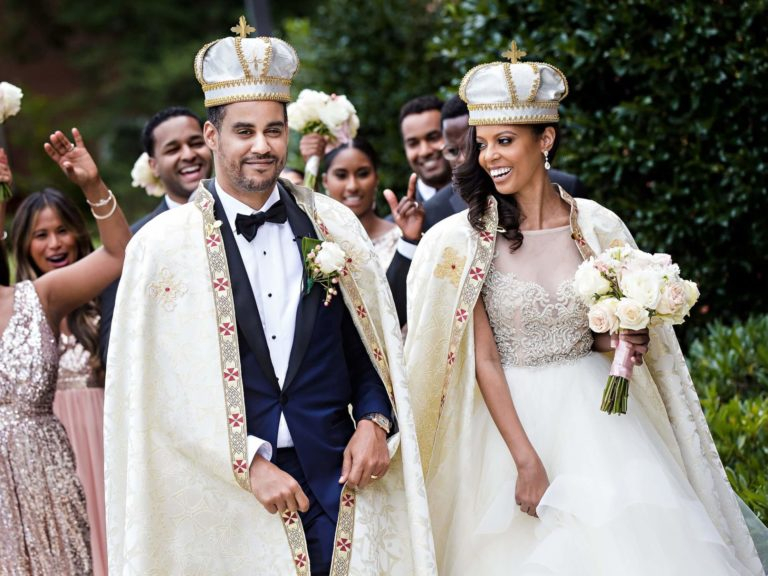
josabimariees.com -
The Bwaka, Madjia, Baya, and Banda are the four primary ethnic groups that make up the Central African Republic's population. The majority are farmers who cultivate local and export products such as rice, peppers, bananas, sweet potatoes, corn, yams, tobacco, and cotton. Despite the fact that Muslims have historically dominated the region, barely 15% of people there identify as Muslims. Roman Catholics make up about 25% of the population, while Protestants make up about 25%. The 35 remaining people still practice their own religions.
Most people are hospitable and family-oriented. Most locals wear casual clothing, however Muslim communities encourage modest attire. Respect for local culture is demanded of visitors. In certain areas, women are still restricted to domestic duties like cooking and housekeeping, particularly in small towns and villages.
Just remember to use your right hand to eat, as the left is frequently reserved for using the restroom. With the sanza being the most prominent instrument, music is a melting pot of influences. Popular musical styles include soukous, Afrobeat, pop, and Western rock, but the Pygmies also have their own folklore.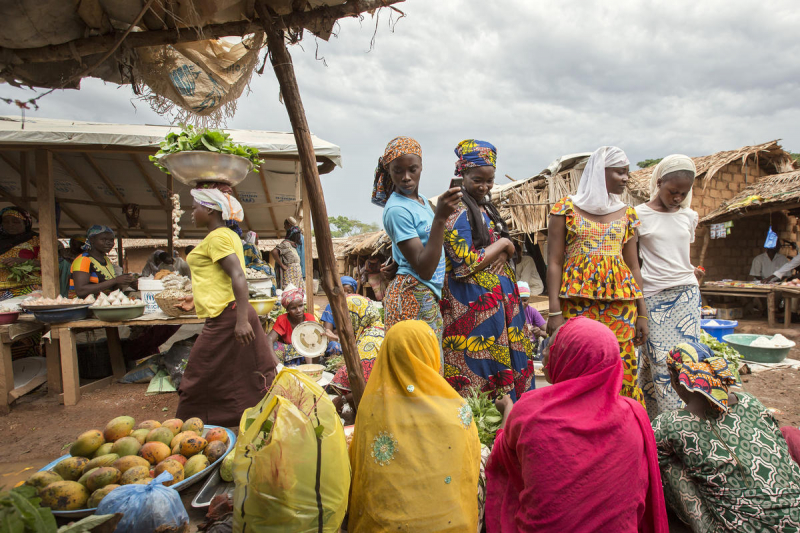
iexplore.com 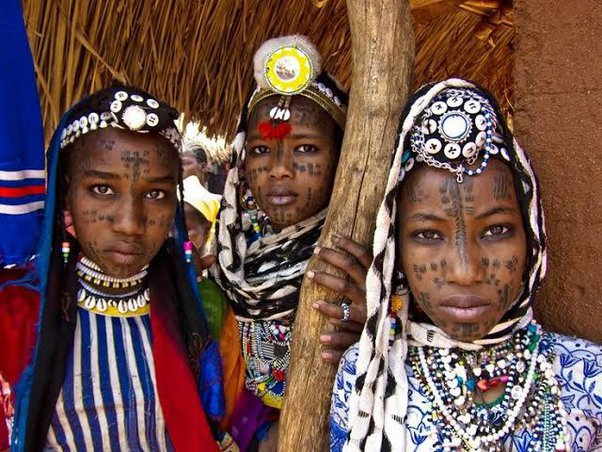
iexplore.com







